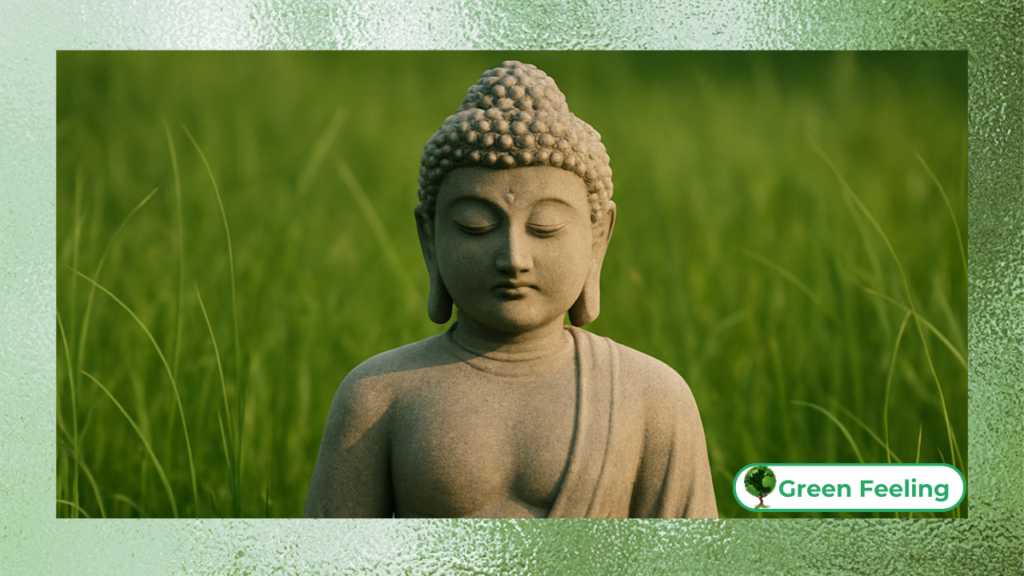Greek Mythology: The Return of Persephone
Greek mythology vividly portrays resurrection through the story of Persephone. The daughter of Demeter, the goddess of agriculture, Persephone is abducted by Hades and taken to the underworld.
Her absence causes Demeter’s grief to manifest as barren fields and harsh winters.
When a deal is struck allowing Persephone to return for part of the year, the earth flourishes, symbolizing spring and summer.
The myth encapsulates the duality of life and death, as Persephone becomes a bridge between two realms.
Her return is not just a personal reunion but a cosmic event that restores balance to nature.
The myth also reflects ancient agricultural societies’ dependence on seasonal cycles, making Persephone a symbol of both hope and inevitability.
| Element |
Significance |
Representation |
| Abduction by Hades |
Transition to death or dormancy |
Winter and fall |
| Return to Demeter |
Renewal and fertility |
Spring and summer |
| Pomegranate Seeds |
Balance between life and death |
|
Egyptian Mythology: The Resurrection of Osiris
In Egyptian mythology, Osiris represents resurrection and eternal life.
Betrayed and dismembered by his jealous brother Set, Osiris’s body is reassembled by his devoted wife, Isis.
Through her efforts, Osiris is resurrected and assumes the role of the god of the afterlife.
Osiris’s resurrection is deeply symbolic, linking themes of justice, renewal, and the cyclical nature of life.
The flooding of the Nile, vital for agriculture, parallels Osiris’s death and rebirth.
As the river nourishes the land, Osiris’s story nourishes spiritual beliefs, offering the promise of eternal life to those who uphold ma’at (cosmic order).
His narrative emphasizes transformation and continuity, making Osiris a central figure in ancient Egyptian religion.
Christian Traditions: The Resurrection of Jesus Christ
In Christian theology, the resurrection of Jesus Christ is a cornerstone of faith.
After his crucifixion, Jesus’s rise from the dead signifies triumph over sin and death, offering believers hope for eternal life.
The event is celebrated annually during Easter, a time of renewal coinciding with spring’s natural rebirth.
The resurrection is not only a spiritual promise but also a moral guide. It inspires themes of sacrifice, forgiveness, and redemption.
The story’s universal appeal transcends religious boundaries, influencing art, literature, and cultural practices worldwide.
Its enduring significance underscores humanity’s shared desire for renewal and transcendence.
| Aspect |
Interpretation |
Cultural Impact |
| Crucifixion and Death |
Sacrifice for humanity |
Symbol of redemption |
| Resurrection on Easter |
Hope and renewal |
Foundation of Christian faith |
| Universal Appeal |
Overcoming death |
Inspires art, literature, and ritual |
Hinduism: Reincarnation and Karma
Hinduism views life as part of an eternal cycle, samsara, where death leads to rebirth.
This process is guided by karma, the sum of one’s actions, which determines the conditions of future lives.
Spiritual growth is achieved by breaking free from samsara to attain moksha (liberation).
The concept of reincarnation teaches responsibility and accountability, encouraging individuals to live ethically.
It also reflects the Hindu view of time as cyclical rather than linear, emphasizing renewal and continuity. Deities like Vishnu, who manifests in various avatars to restore balance, embody this principle.
Buddhism: Transformation of the Self
In Buddhism, rebirth is not about the continuity of an individual soul but the renewal of energy and consciousness.
The cycle of samsara can be broken through enlightenment, achieved by following the Eightfold Path.
This transformation leads to Nirvana, a state of liberation from suffering and desire.
Buddhist teachings on rebirth emphasize impermanence and the interconnectedness of all life.
The metaphor of a candle lighting another illustrates how actions influence future existence, even if the individual flame ceases to exist.
+ Norse Mythology: The Gods and Their Worlds
Myths of Transformation and Renewal
Norse Mythology: Ragnarök and Renewal
In Norse mythology, Ragnarök is an apocalyptic battle that leads to the destruction of the world. However, it is also a story of rebirth.
After the chaos, a new world emerges, cleansed of its old corruption. Surviving gods like Baldr and humans like Lif and Lifthrasir rebuild life, symbolizing resilience and hope.
| Event |
Significance |
Renewal Aspect |
| Death of Key Gods |
Sacrifice for the new world |
Cleansing of old cycles |
| Emergence of New World |
Hope and survival |
Eternal nature of life |
| Lif and Lifthrasir |
Human survivors ensure continuity |
Symbol of resilience |
Phoenix: The Universal Symbol of Rebirth
The phoenix, found in Greek, Egyptian, and Chinese myths, embodies the idea of renewal.
This mythical bird burns itself to ashes only to rise again, stronger and more vibrant.
The phoenix symbolizes resilience, hope, and the idea that endings are beginnings in disguise.
Its story resonates across cultures, representing personal and societal transformations.
Resurrection and Rebirth in Modern Narratives
Modern interpretations of resurrection myths have found their way into literature, cinema, and art.
- Literature: Mary Shelley’s Frankenstein explores the ethical dilemmas of resurrection.
- Cinema: Films like Harry Potter and the Deathly Hallows and The Matrix draw on ancient motifs of death and renewal.
- Art and Culture: The phoenix and other resurrection symbols inspire contemporary movements, symbolizing recovery and resilience in the face of adversity.
+ Creatures of Nature in Mythology: From Medusa to Cerberus
